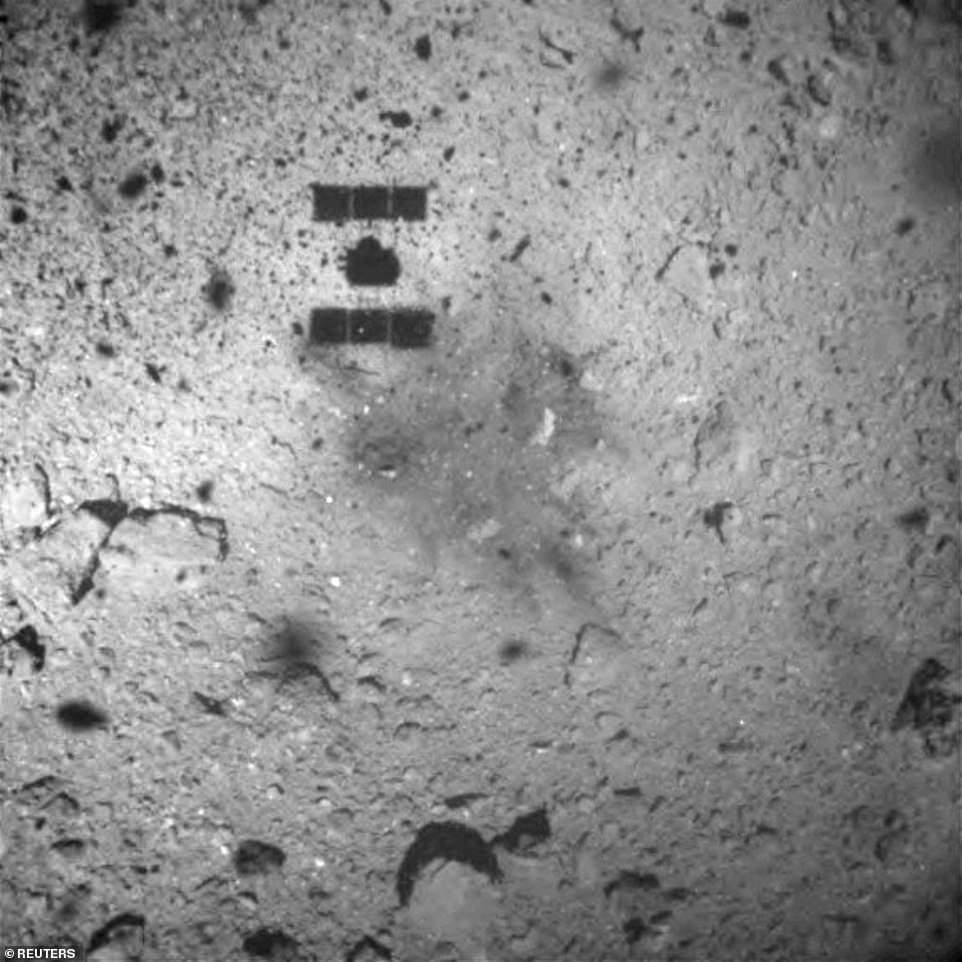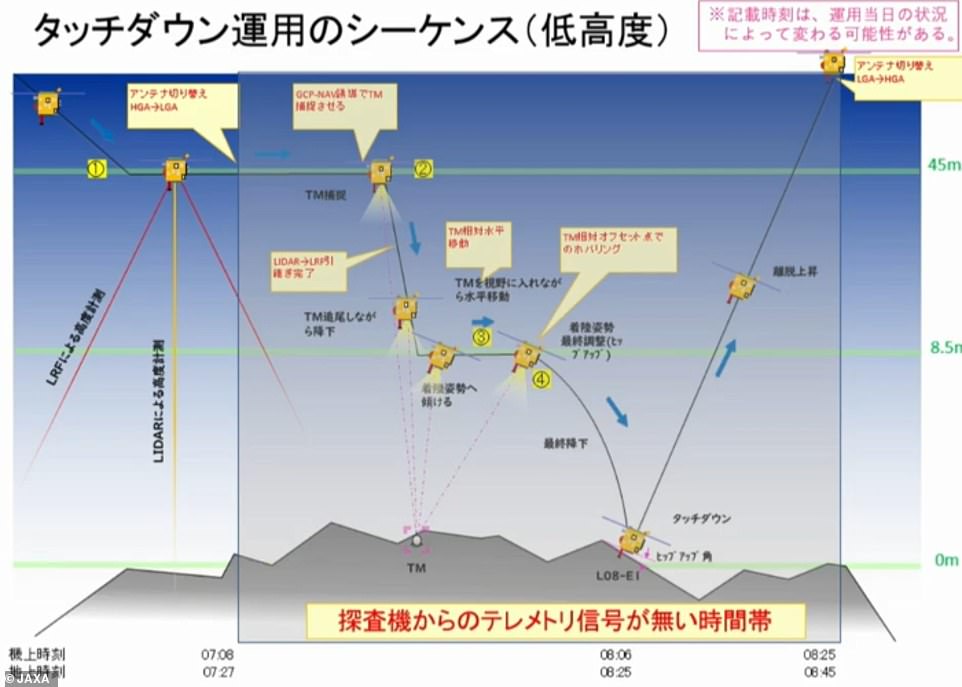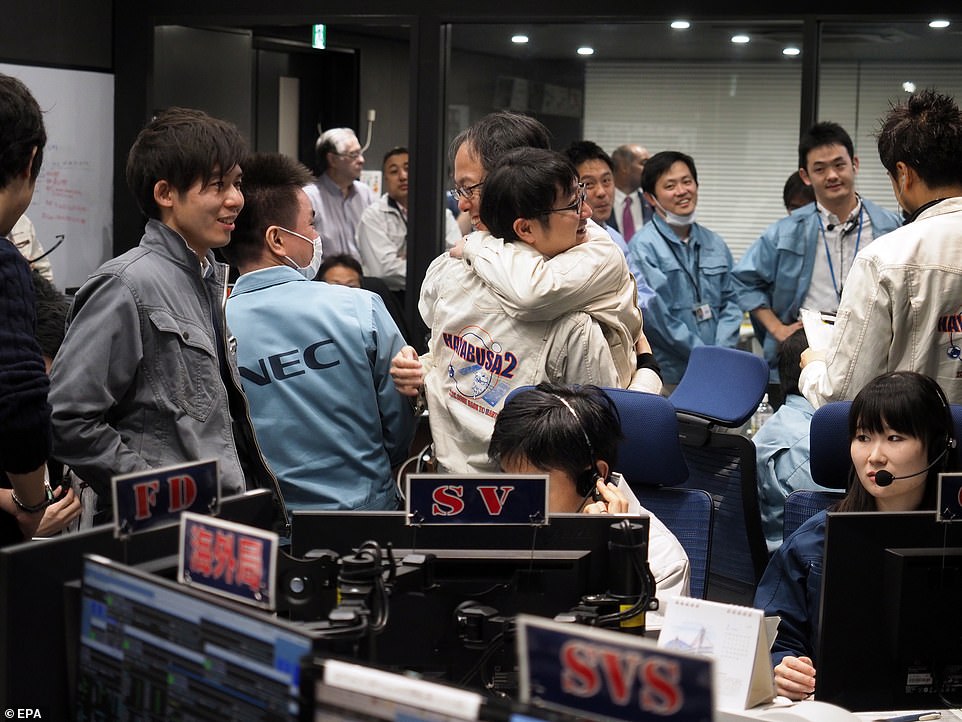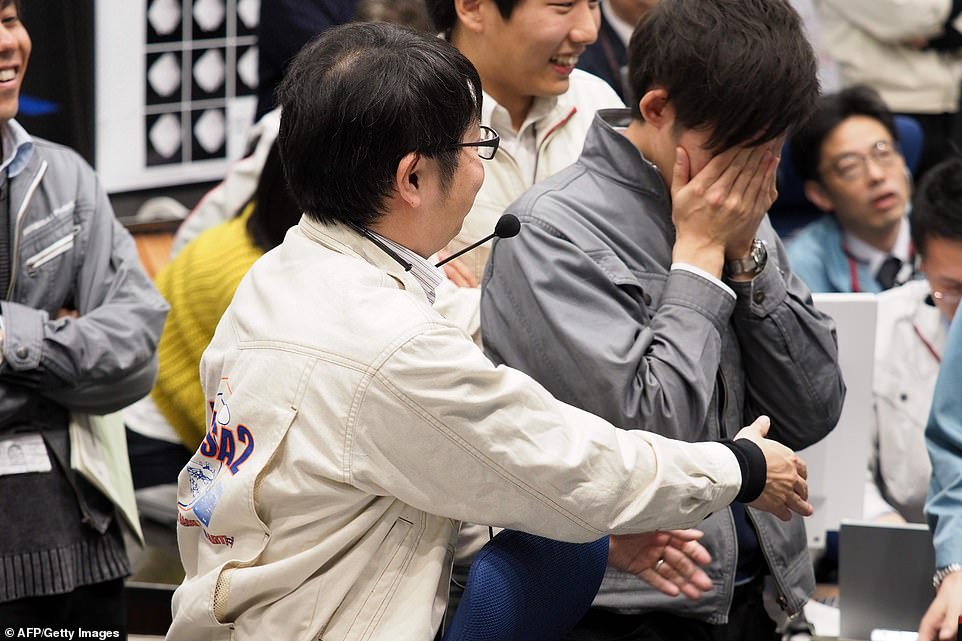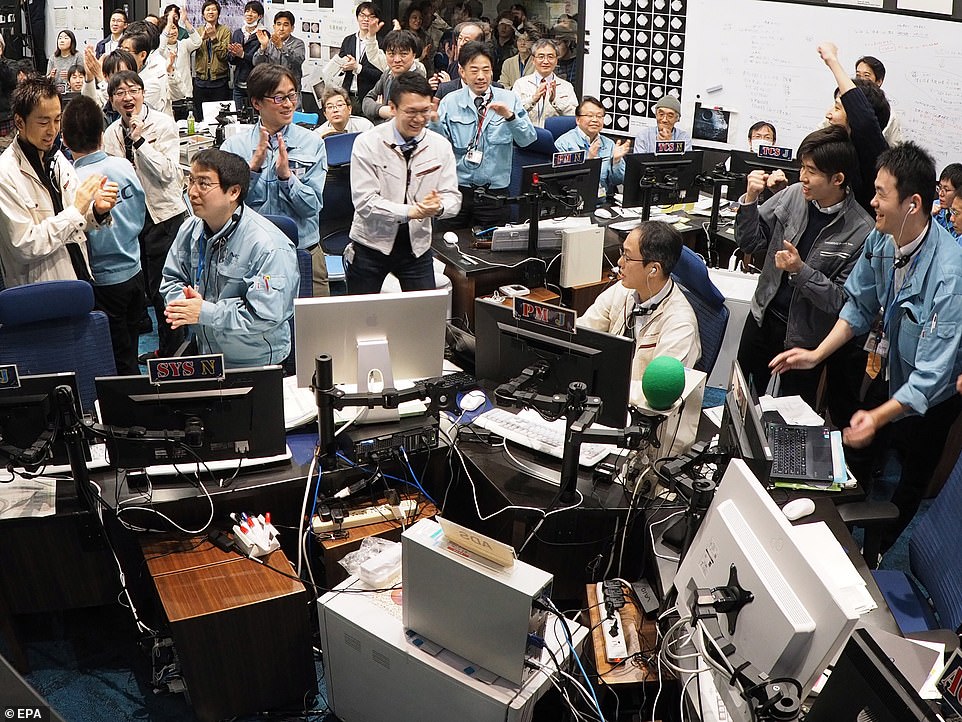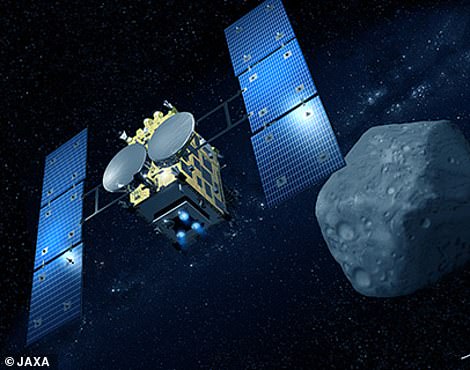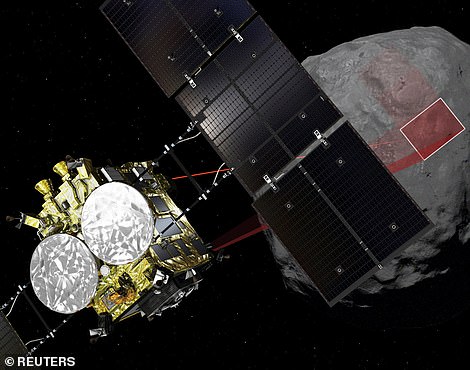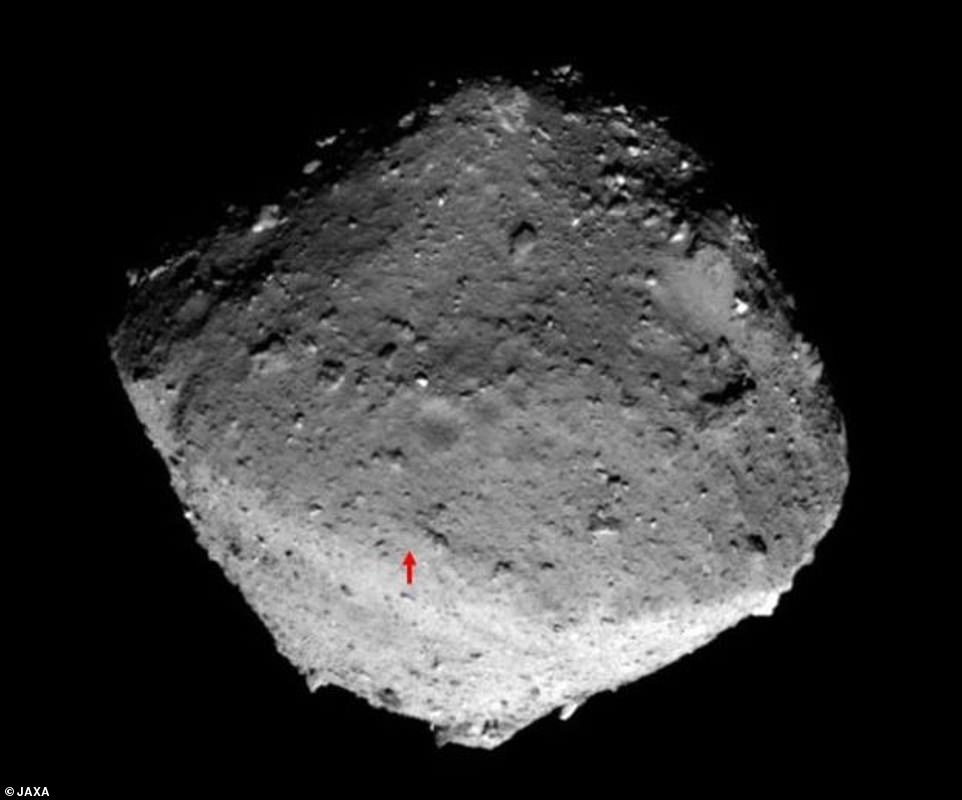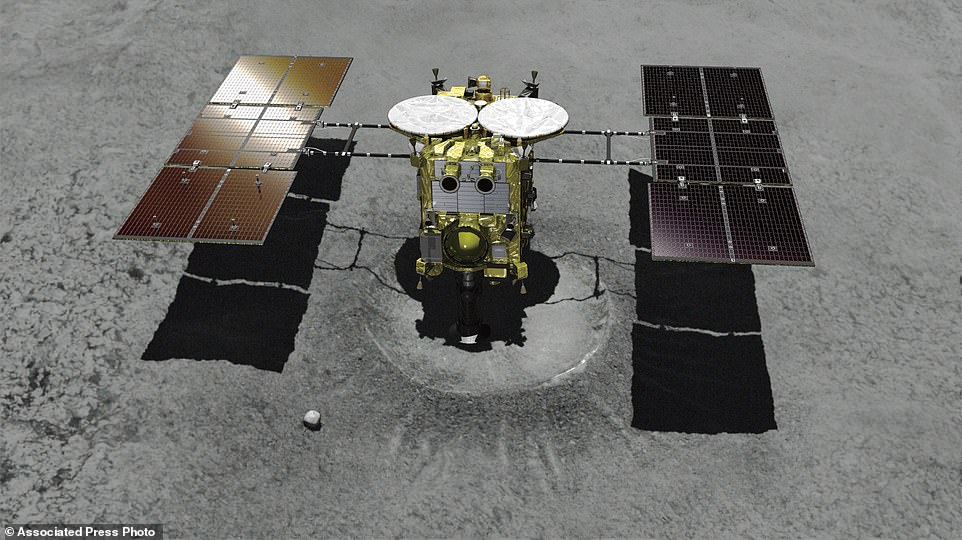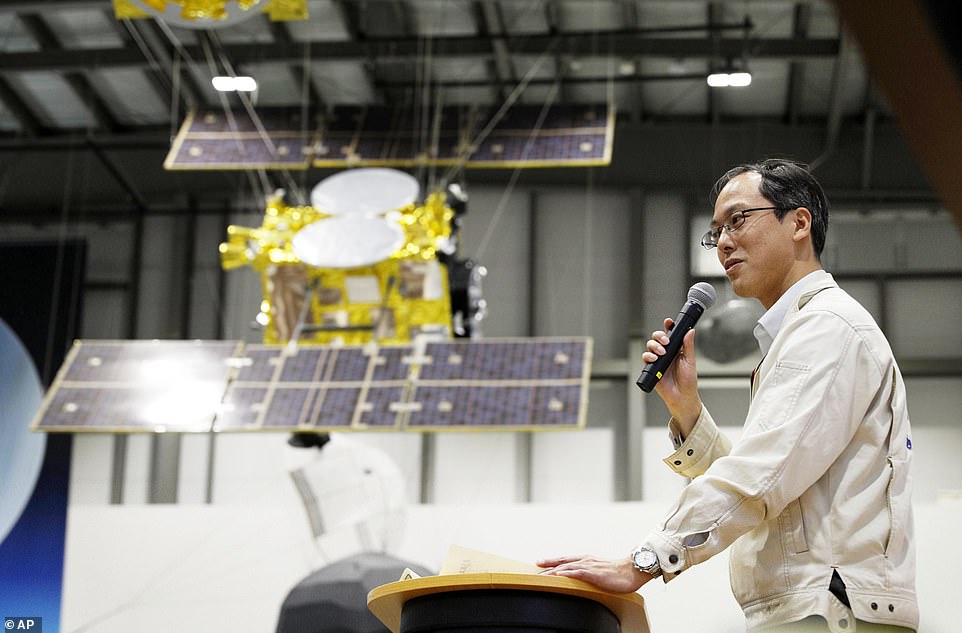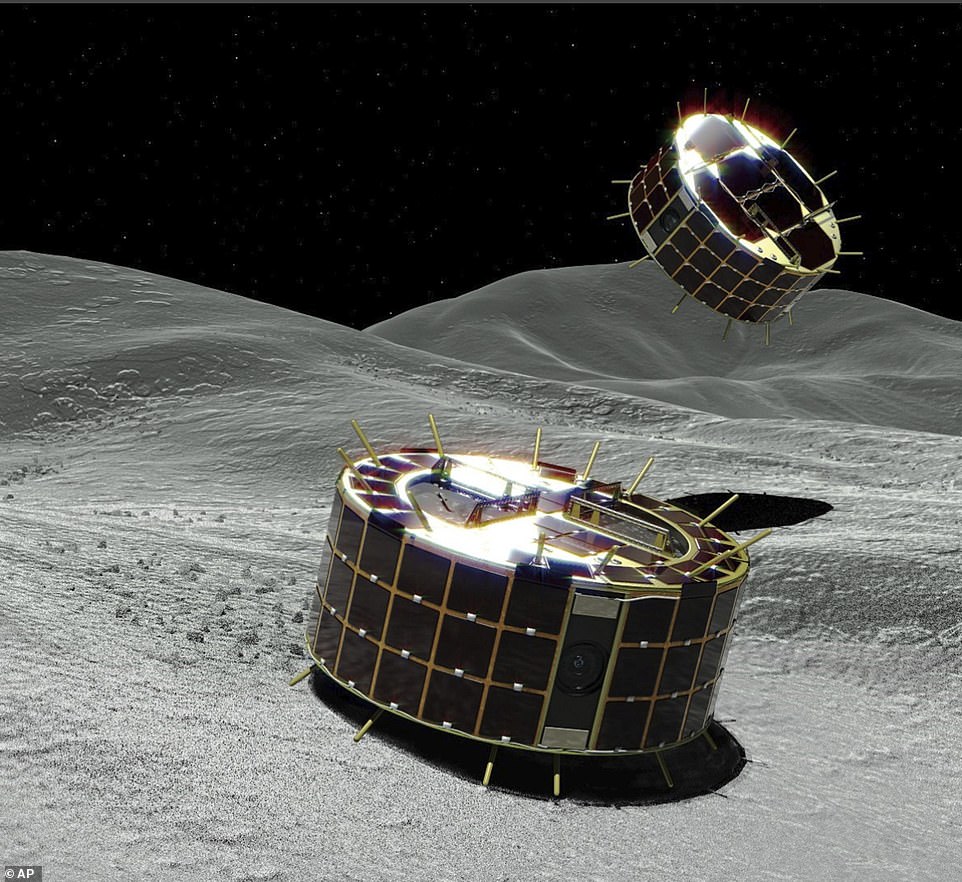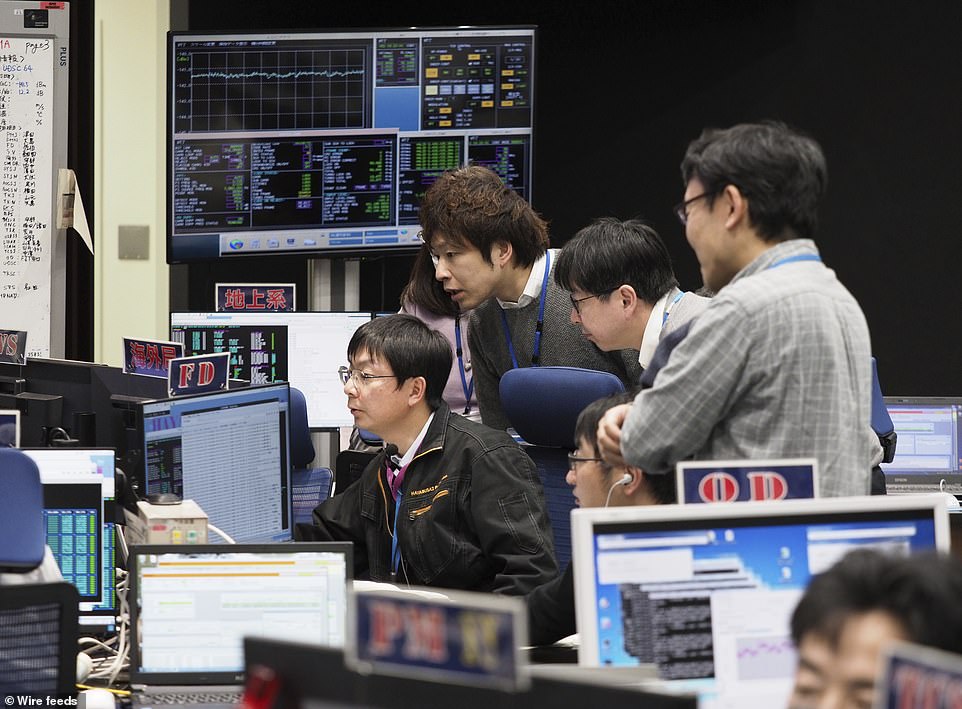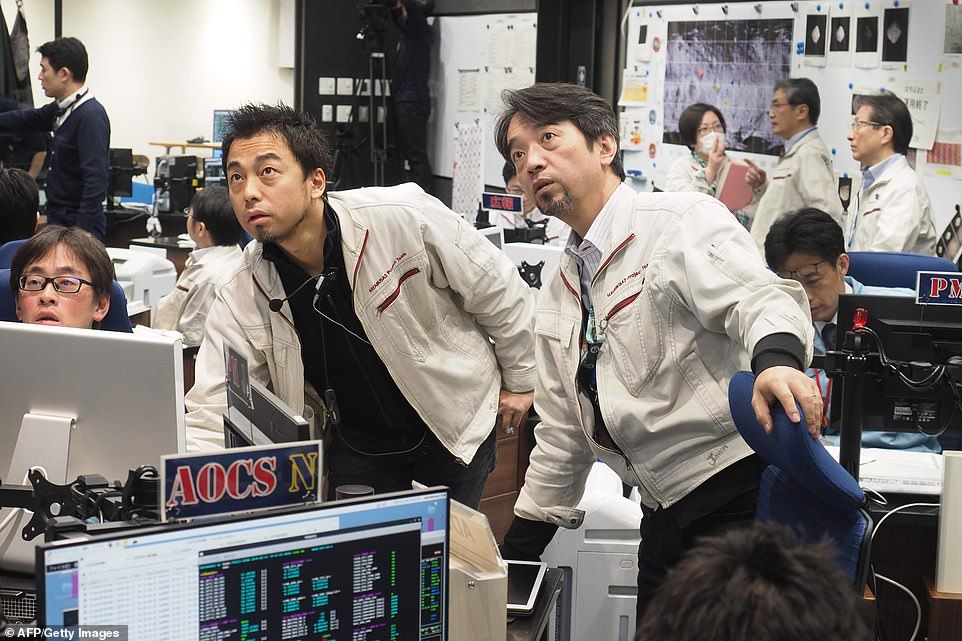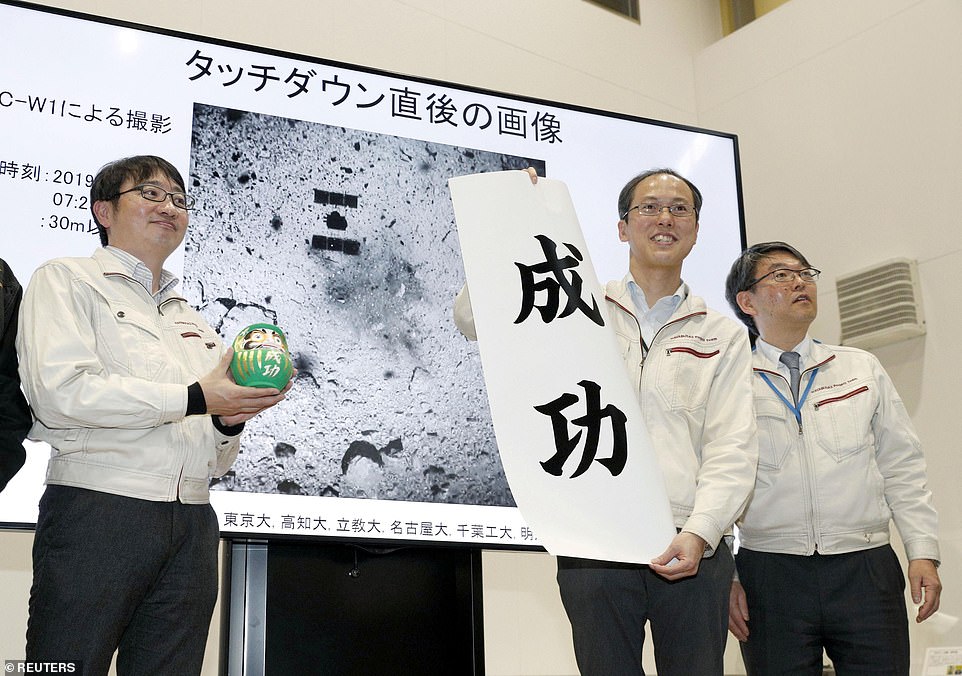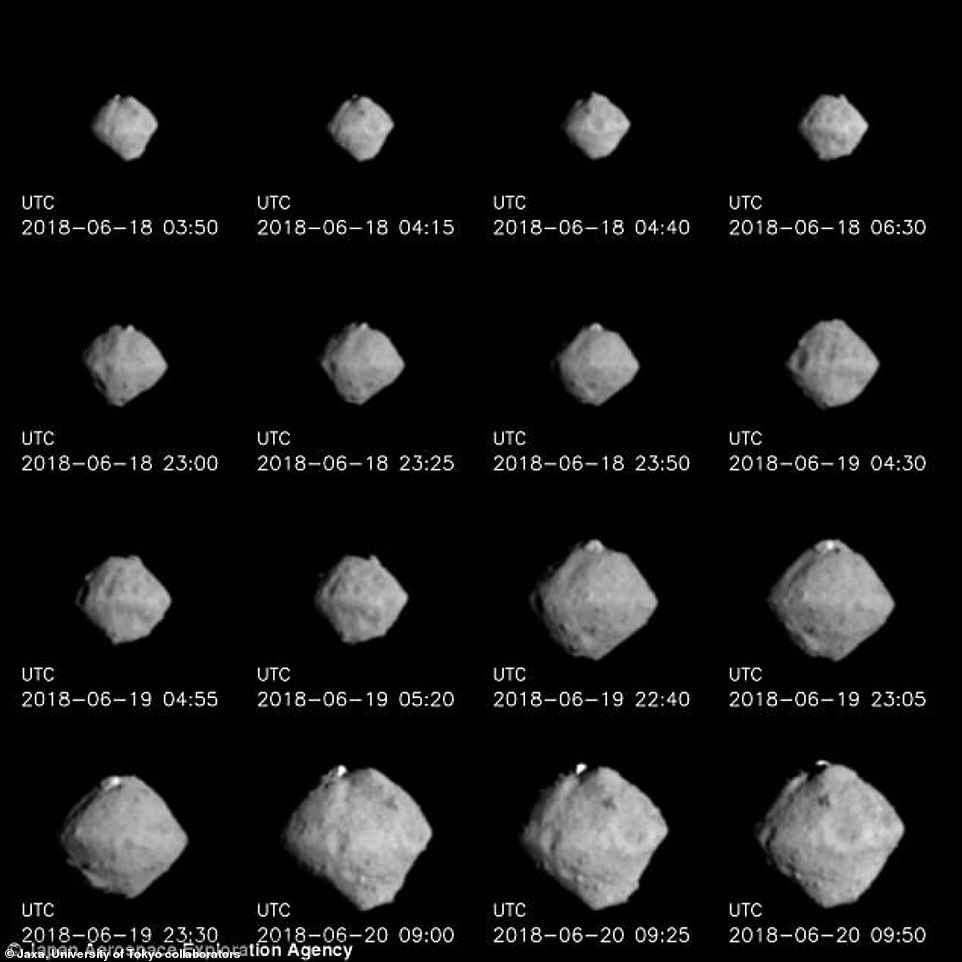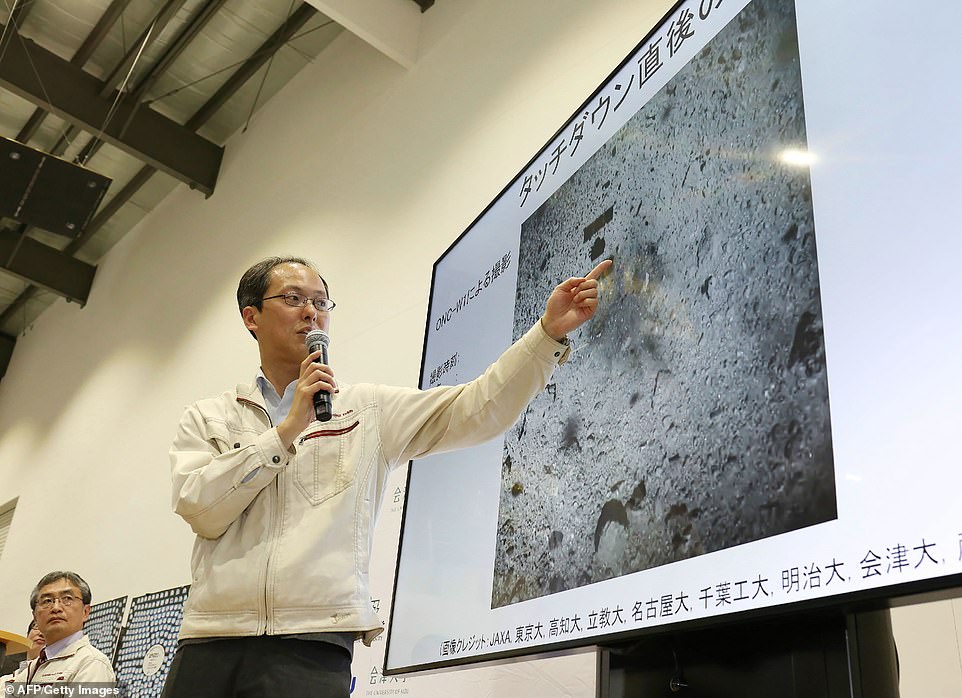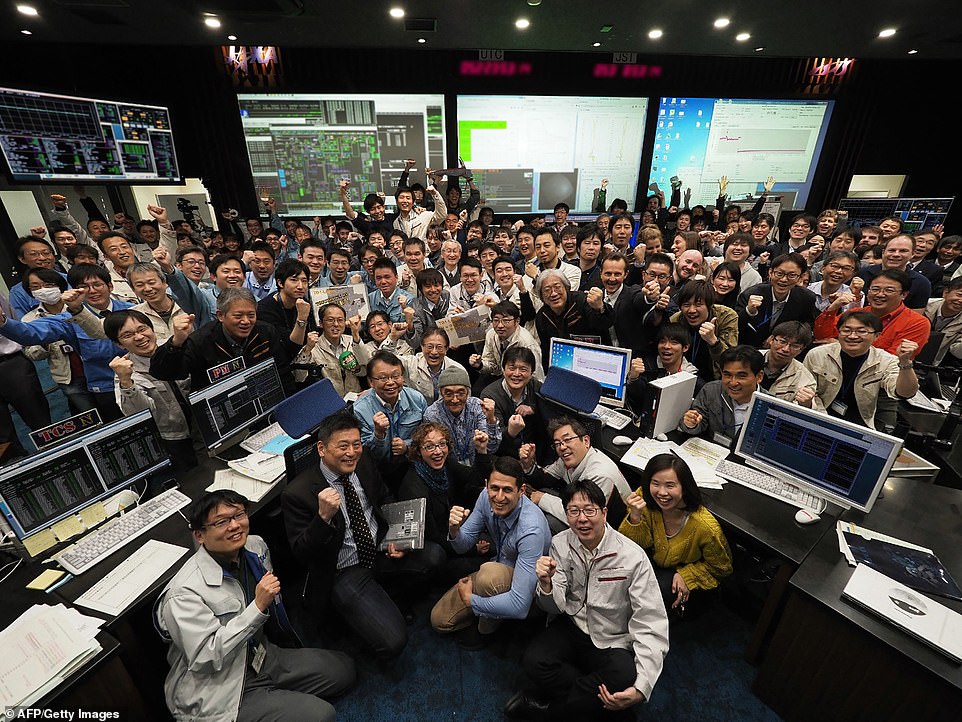أكدت وكالة الفضاء اليابانية يوم الجمعة هبوط مسبار الفضاء (هايابوسا2) على مذنب يبعد أكثر من 300 مليون كيلومتر عن الأرض في مهمة تهدف لجمع معلومات عن نشأة الحياة.
وهبط المسبار على المذنب (ريوجو) الذي يبلغ قطره نحو 900 متر بعد إرجاء أول محاولة في أكتوبر تشرين الأول بسبب صعوبة تحديد نقطة للهبوط على السطح الصخري للمذنب.
وقالت وكالة الفضاء اليابانية يوم الجمعة إن المسبار أطلق مقذوفا صغيرا على سطح المذنب لجمع جسيمات يأمل العلماء أن يعيدها المسبار إلى الأرض لتحليلها.
وقال مدير المشروع يويتشي تسودا في مؤتمر صحفي “ربما نكون تسببنا في بعض القلق بسبب التأجيل لكننا مضينا في خطتنا دون أخطاء على مدى الشهور الأربعة الماضية لتحقيق هبوط ناجح”.
وهذه هي ثاني مركبة فضاء يابانية تهبط على مذنب بعد هبوط المسبار هايابوسا على سطح مذنب إيتوكاوا القريب من الأرض في عام 2005. وكان أول مسبار يجلب ترابا من أحد الكويكبات للأرض برغم أن الكمية لم تكن كبيرة مثلما كان مرجوا.
ويعتقد أن المذنبات تشكلت في بداية النظام الشمسي ويقول العلماء إن ريوجو ربما يحتوي على مواد عضوية ساهمت في الحياة على الأرض.
ووفقا لخطة وكالة الفضاء من المقرر أن يلامس (هايابوسا2) سطح المذنب ويرتفع ما يصل إلى ثلاث مرات.
وانطلق المسبار في ديسمبر كانون الأول عام 2014 ومن المنتظر أن يعود للأرض في نهاية عام 2020.
